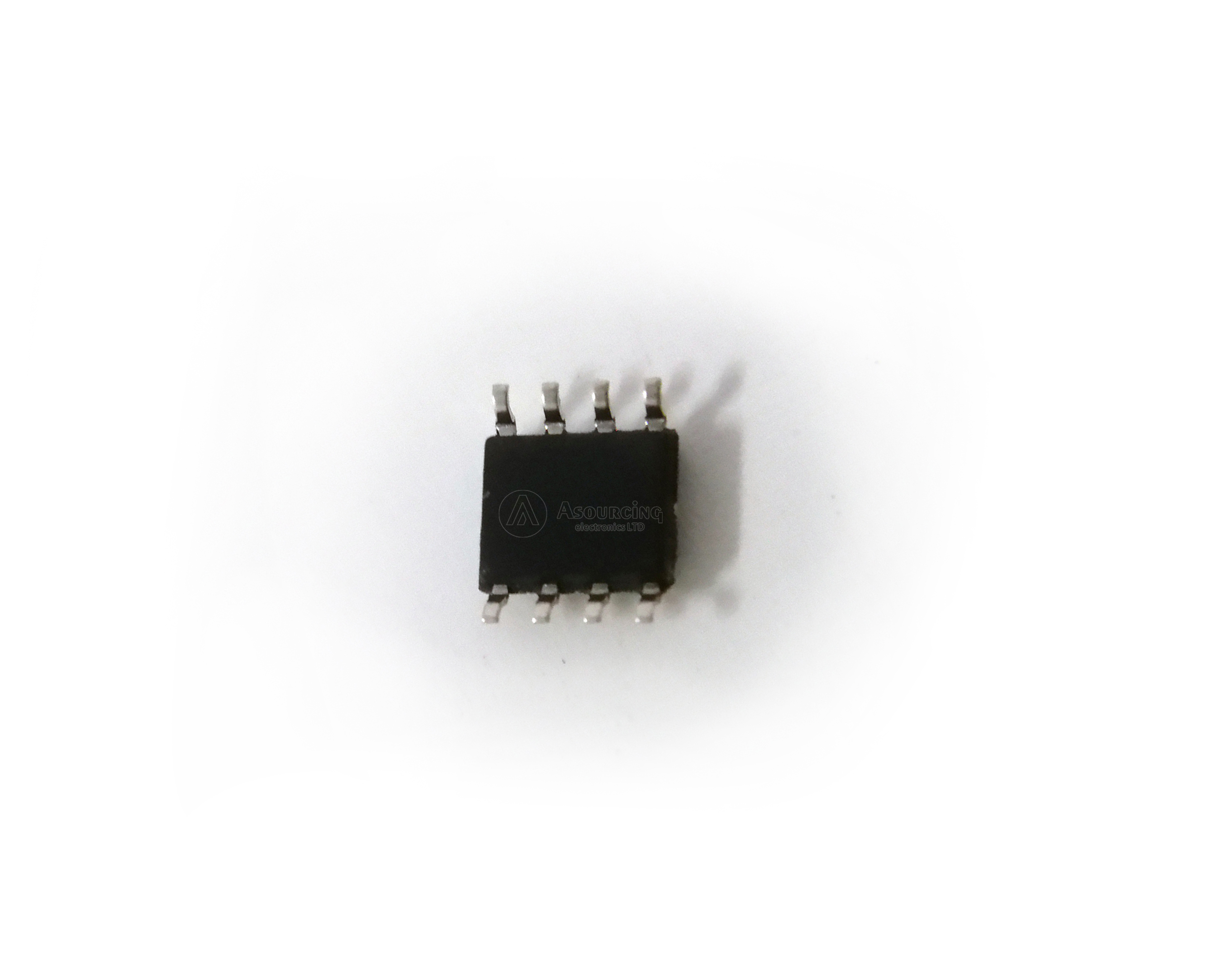Gate driver ic working basics & why used
The object of this video is the gate driver of L6398D, and the manufacturer is STMicroelectronics.
L6398 is a high-voltage device manufactured by BCD "off-line" technology. It is a monolithic half bridge gate driver for N channel power MOSFET or
IGBT.
The high side (floating) part is designed to withstand voltage rail up to 600V. The logic input is CMOS/TTL compatible, reduced to 3.3V, and convenient
for microcontroller /DSP interface.
Next, let's find out more about the grid drive.
1. What is the gate drive?
The gate driver is an electronic circuit that applies the correct power level to metal oxide field effect transistors (MOSFETs) and insulated gate bipolar
transistors (IGBTs).
Through power MOSFET, gate drivers can be supplied as transformers, discrete transistors or application specific integrated circuits (IC). They can
also serve as integrated in controller IC. The grid drive function of the controller using pulse width modulation (PWM) is divided to improve the controller
stability by removing the high peak current and heat dissipation needed to drive the power MOSFET at very high frequencies.
With IGBTs, gate driver as isolation amplifier, and often provides short-circuit protection. Because of their insulated doors, IGBTs needs a continuous
gate circuit to maintain grid current.

2. drive type
There are 4 basic types of gate drivers. High-sided gate drives are used to drive power MOSFETs or IGBTs that are connected to a positive power
source instead of a ground reference (floating). Conversely, the low side gate driver is used to drive the power MOSFET and IGBT connected to the
negative power supply.
Double gate or half bridge gate drivers has low side and high side grids. Three phase drivers derive their names from the fact that they are employed
to three-phase applications. These drivers have three independent low sides and high side reference output channels. Usually, the gate driver has 1, 2
or 4 output channels. Their output voltage can be either inverted or non inverting.
3. Gate drivers working?
How does the gate driver work? A gate driver is a power amplifier that receives low power input from the controller IC and generates high current
driver input for the gate of a high power transistor such as IGBT or power MOSFET. The gate driver can be included in the chip or as a discrete module.
4. Why gate drivers are used?
The driver is used to drive the high power field effect transistor in the voltage converter. In electronics, a driver is a circuit or other electronic element
used to monitor another circuit or element, such as a high power transistor, liquid crystal display (LCD) and many other elements.
They are usually employed to regulate the current flowing through the circuit, or to control other factors, such as some devices in the circuit. For example,
the term is usually control high power switches in switched-mode power converters. Amplifiers can be taken into account speaker drivers, or voltage
regulators, that allow additional components to operate within a wide range of input voltages.
Typically, the driver level of the circuit needs different characteristics from other circuit levels. For instance, in transistor power amplifier circuits, current
gain is usually required for the drive circuit, the ability to discharge the following transistor base rapidly, and low output impedance to avoid or minimize
distortion.
This is what the little editor tries to tell about all the grid drivers. Of course, subsequent updates will be discussed. I hope this article about the definition
and principle of gate driver can help you.






















